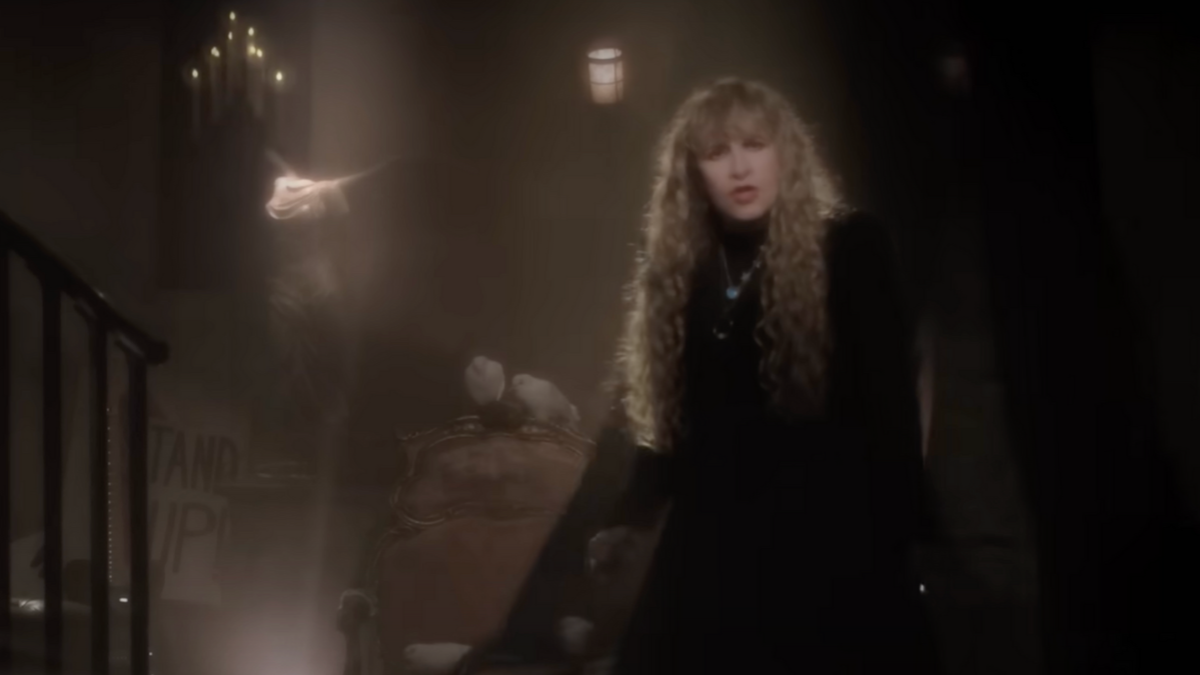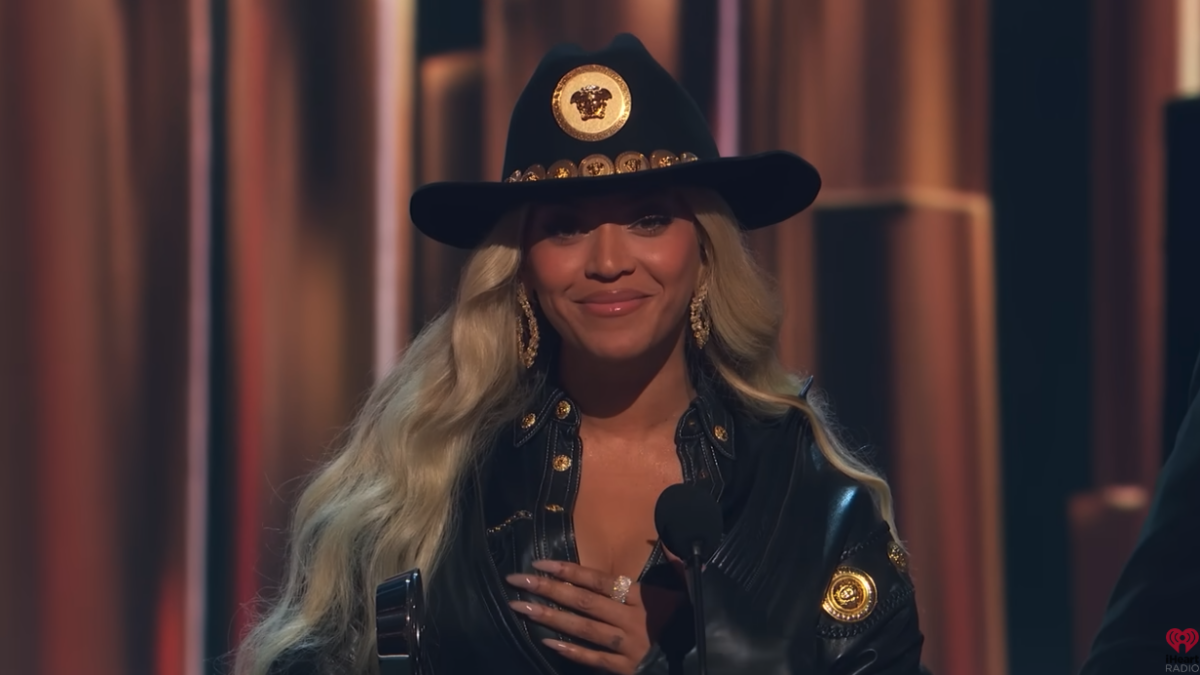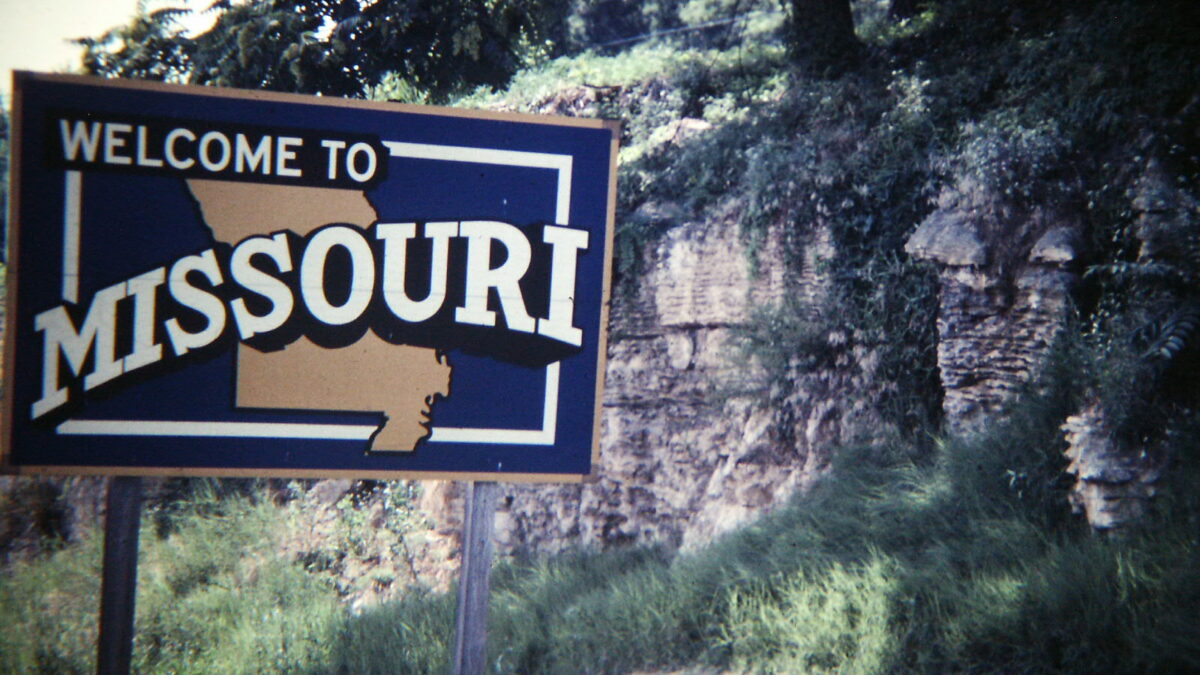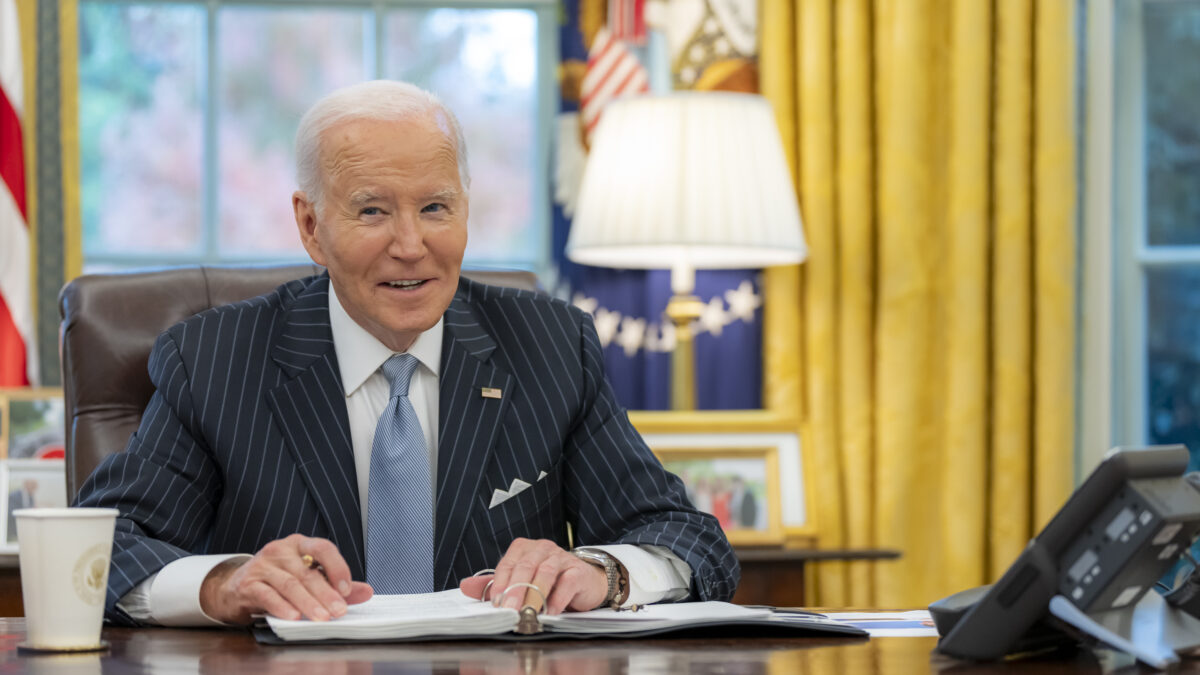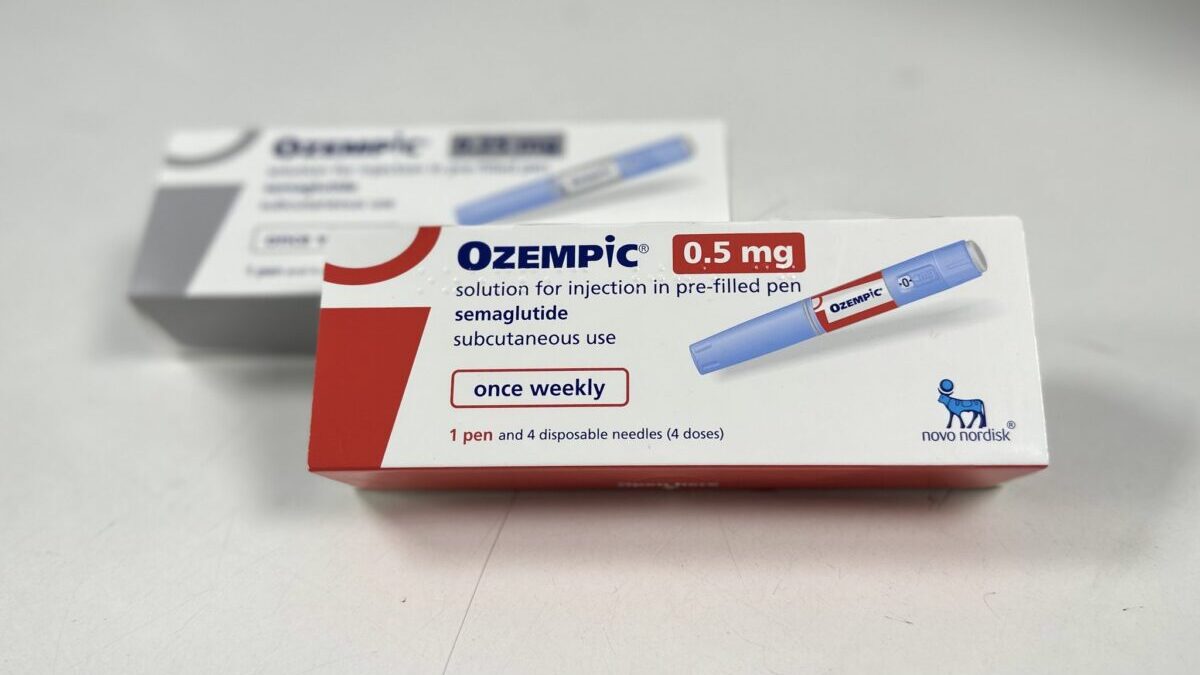Feb. 12 is Abraham Lincoln’s birthday. That was the reason why Paul Whiteman decided to hold a concert that day in 1924.
Paul Whiteman was the King of Jazz, and he was a king with a vision: to meld an orchestral approach with the burgeoning sound of American jazz. To many, this was seen as a fanciful idea. After all, jazz was played by small bands in speakeasy nightclubs. Orchestra, by large bands in grandiose concert halls. Jazz was all about embracing improvisation. Orchestra favored the assiduous process of perfecting the score. Jazz was seen as being more “black.” Orchestra, more “white.”
But Whiteman was above such talk — he was the king after all. What better day to make a statement to the world than performing on Lincoln’s birthday? What better day to express his vision? But to make his vision a reality, he needed the best. He needed Jacob Gershowitz.
Better known as George Gershwin, the 25-year-old was just beginning to earn a reputation in the world of music. A few years prior, he’d written his first No. 1 hit, and now he was composing shows for the stage. But that this would be his station in life was never a given.
Born into a poor, Jewish-immigrant family, his first exposure to the arts came from the Yiddish theater scene of the Lower East Side. He didn’t receive any formal training until his teenage years. And by the time he was 15, he’d dropped out of school to work as a “song-plugger” (a low-level sales position) for the music houses on Tin Pan Alley.
But with this unique combination of popular sensibility, classical acumen, and a hardscrabble work ethic, it was no wonder Whiteman saw such potential. In an earlier era, a guy like Gershwin could have been more easily disregarded. But this was the Jazz Age, the Roaring Twenties. Women had the vote, and with it, a concurrent independence. Industry raced at breakneck speed, creating new money, new media, and new opportunities. The excesses of the Victorian Era were being cast aside in favor of forward-looking modernism.
Of course, with such rapid development, there were growing pains too. Prohibition had led to organized crime. Cinema had the power to inspire, only to inspire the reemergence of the Klan. The country had won the war in Europe, but the generation who won it became “lost.”
And yet, within this milieu of rapid change, Art Deco flourished, signifying a faith in a better tomorrow. Humanity was on the march, and its best days seemed just ahead. This was the ethos Whiteman sought to capture in music. This was a time when the Gershwins of the world might seize the day.
In November 1923, Whiteman approached Gershwin with the proposition of writing a jazz concerto for his show. A year earlier, the two had collaborated on a series of Broadway revues, and Whiteman had been impressed with his knack for ragtime, jazz, and classical. But unfortunately for Whiteman, they couldn’t reach an accord. And who could blame Gershwin for declining? It was not enough lead time for such a grand, original composition, particularly with his busy schedule. The show would just have to go on without him.
But what Gershwin failed to understand was that Whiteman was the king. And a king doesn’t ask. He decrees.
Gershwin would learn his lesson that January. In the preceding months, he hadn’t heard from Whiteman at all, so Whiteman’s anticipated concert was probably the last thing on his mind that fateful night — the night he heard the news.
As the story goes, George and his friend, lyricist and future Capitol Records founder Buddy DeSylva, were playing a game of pool at the Ambassador Billiard Parlor on 52nd and Broadway. The two had just put the finishing touches on their latest production, “Sweet Little Devil.” The show was set to premiere in Boston in a few days’ time. As such, the duo sought to enjoy some much-needed relaxation. But unfortunately for Gershwin, there would be no such respite. The break on the pool table might have been good, but in just a moment, he would get the toughest break of his career.
The news came from his brother, Ira. The elder Gershwin was there with the latest edition of The New York Tribune. In it was an article titled, “What is American Music?” Naturally, being a musician himself, he had to read it. And it was a good thing he did because it said something pertaining to his younger brother — something that was news to both of them.
The column discussed the upcoming concert to be held on Lincoln’s Birthday. Several details were given. The show would be at Aeolian Hall. It was billed as “an experiment in modern music.” And it would feature many performers — including George Gershwin — who was currently “at work on a jazz concerto.” Gershwin called the king the next day.
One can only imagine the tenor of their conversation. Gershwin must have been flabbergasted, but the only explanation he got was that Whiteman’s rival, Vincent Lopez, was planning a similar concert, so he had to beat him to the punch. A pawn in this game of symphonic one-upmanship, Gershwin had no choice. But with so very little time, a concerto was out of the question. It would have to be something a bit simpler. Something more like a rhapsody. The king agreed — a rhapsody would do.
But Gershwin still had “Sweet Little Devil” to worry about.
A few days later, he boarded the train for the premiere. With his hectic schedule, the journey ahead might’ve been the best opportunity he had to devise a rhapsody. And as it turned out, he seized the opportunity. Over the course of those few hours between New York and Boston, George Gershwin experienced the kind of epiphany most people only dream of.
As he later recounted, “It was on the train, with its steely rhythms, its rattle-ty bang, that is so often so stimulating to a composer. … I frequently hear music in the very heart of the noise. And there I suddenly heard — and even saw on paper — the complete construction of the rhapsody, from beginning to end. … I heard it as a sort of musical kaleidoscope of America, of our vast melting pot, of our unduplicated national pep, of our metropolitan madness.”
Upon returning to New York, he finished the composition as best he could. What initially seemed insurmountable in three and a half months, had somehow been done in about two weeks. He titled the piece “American Rhapsody.” However, his brother Ira, inspired by the paintings of James Whistler (i.e. “Nocturne in Black and Gold,” “Symphony in White”) suggested an alternative name: “Rhapsody in Blue.” This was the name that stuck.
With the concert closing in, the score was handed to Whiteman’s arranger Ferde Grofé. Gershwin had written the composition as a piano duet, with one representing the band and one representing the solos. But in no small feat, Grofé adapted it for the orchestra with just enough time to rehearse. The king got his jazz rhapsody. The only thing left was to perform.
Aeolian Hall was the place to be on Feb. 12, 1924. All the most vaunted names in music were in attendance: Sousa, Stravinsky, Rachmaninoff. If ever there was a moment to make a statement to the world, this was it.
But after all the twisting and turning that had brought the rhapsody into being, it was only fitting that the show itself would be a fraught affair.
The rhapsody was slated as the penultimate piece of a lengthy program, and the opening numbers left the audience underwhelmed. And as if a deflated audience wasn’t bad enough, the theater’s ventilation system inexplicably malfunctioned. By the time Gershwin took the stage and sat at his piano, the sweaty, cranky, what-am-I-even-doing-here audience just wanted it all to end already.
But little did they know, something great was about to begin.
The theater fell silent. From the conductor’s position, Whiteman motioned to the band. And then, the clarinet. That soaring clarinet glissando has become one of the most iconic, instantly recognizable intros in history. And in the spirit of all this creative madness, it was concocted during rehearsal by the clarinetist himself, Ross Gorman. It was at that moment, the audience knew their suffering might yet be rewarded.
And in the wake of that captivating clarinet transpired that veritable kaleidoscope of America. Jazzy yet symphonic. Modern yet classical. Stylishly arranged yet, given its hasty composition, called for moments of live improvisation. When Gershwin took over on the still-incomplete solos, he channeled his inner jazz musician and improvised. And during those moments of freewheeling improv, the king had to wait on him before getting the nod and throwing it back to the band.
The audience was brought back to life. The orchestra carried them through the rhapsody’s five distinct themes: the Ritornello, the Train, the Stride, the Shuffle, and finally, the Love Theme.
And as the rhapsody reached its conclusion, and those final notes dwindled off into space, the audience erupted. They’d done it. They had absolutely rocked the house. The Jazz Age had found its anthem. Whiteman had made his statement to the world. And George Gershwin would go on to leave an indelible mark in music history.
One hundred years later, it seems a story worth remembering.


